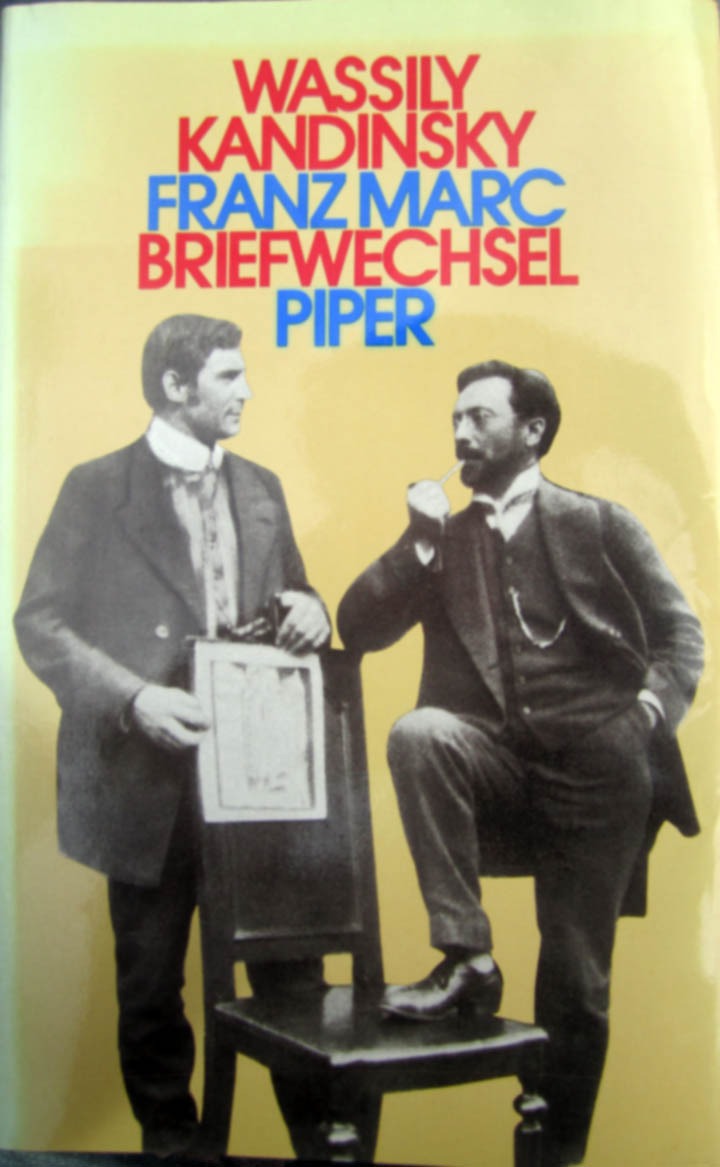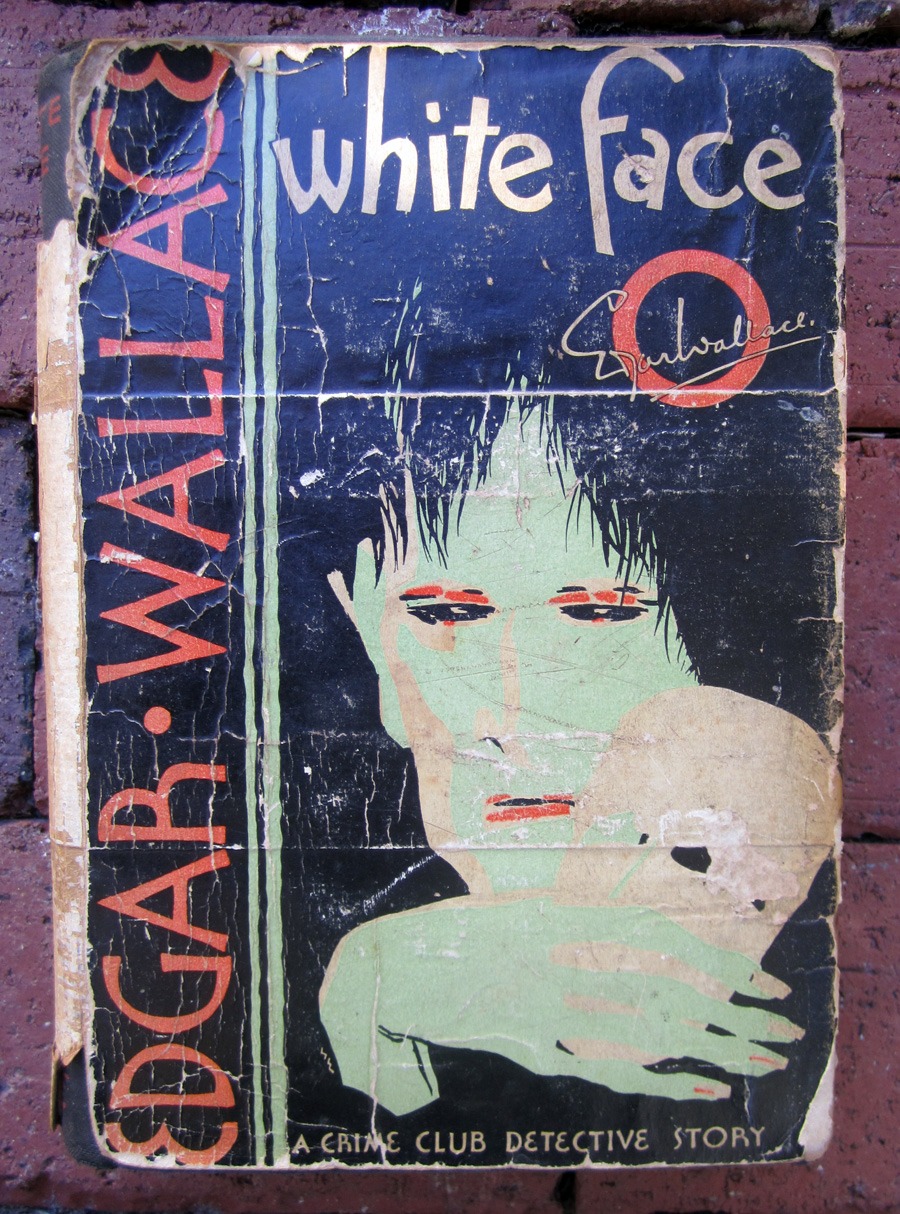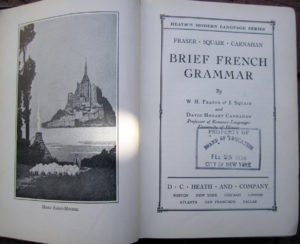
by Jean Marie Carey | 15 May 2013 | Animals, Animals in Art, Re-Enactments© and MashUps
Somewhere embedded on the candlestick chart of historic tragedies, between, say, the Armenian Genocide and the Andrea Doria, is this: receiving an email from the responder ceviche.com.

Waking up to this missive brought me back to the day when I had a John S. Knight Journalism Fellowship for coverage of animal and environmental issues…now I realize that this is not the same occupational caliber of the Fourth Estate, as, for example, writing about visiting the homes of the wealthy and repeatedly giving shouts-out to one’s friends in the pages of a free weekly shopper magazine, but, still.
In any case one of the stories I wrote back in the day was about the infestation by roaches of some of Atlanta’s downtown landmarks. One of the things I learned was about roach housing, or harborage, in (for another example) restaurants housed in older structures amid a fairly high building density adjacent to bodies of water and a connected estuarial sewer system (this probably does not resonate at all!) was that, because the static population of roaches is always relatively high and self-managing through nice roach habits like juvenile cannibalism, and is also largely nocturnal, something really extraordinary has to happen in order for roaches to come out and be seen during the day (like, say, in a bustling bright loud kitchen during a health inspection?), there have to be so many roaches, such an explosion of the roach population, that, basically, they have to come out and forage to prevent from starving (and as you probably also know roaches can go a good while without eating).
So in such a situation, in addition to the stray visible roaches, we are talking about an infestation of, like, millions of roaches. If you took the lid off the nearest manhole cover and shot a leaf blower into it, the sky would turn black with flying roaches… So, that. PR might be able to spin the Benghazi situation, but all the consulting in the world can’t make millions of roaches go away. Except for the gullible in-crowd wannabes, who, in an obverse of the Emperor’s New Clothes, will simply will themselves into not seeing or thinking about them. The roaches, I mean… For a breakdown of roach-related health issues, please see this totally legit publication from the World Health Organization.
(more…)

by Jean Marie Carey | 6 Dec 2012 | Animals in Art, Art History, Franz Marc, German Expressionism / Modernism, Italian Greyhounds, Stuff Found in Library Books

 Wassily Kandinsky, Franz Marc, Briefwechsel : mit Briefen von und an Gabriele Münter und Maria Marc
Wassily Kandinsky, Franz Marc, Briefwechsel : mit Briefen von und an Gabriele Münter und Maria Marc
…After several years of seeking this book and not being able to find it, or finding it and having it be a million Euros or something, I was surprised to locate it in a German used bookstore’s inventory and not too crazily dear. It came in a package from Frankfurt am Main with probably the most Luftpost and other sticker adornments ever in the history of mail. I liked the wrapping so much that I just left the book in it for like a month and kept admiring it. Finally I actually needed to look something up and I had this week to open it. I was beyond thrilled to see that it had a dust jacket with fantastic 1980s typography and an X-acto bladed cutout of the “Show Him the Picture!” photo. The pages aren’t highlighted or written in, but they are pretty beat up and smell like bourbon and tobacco; I am always happy to find someone has really been reading a book hard.
I have been reading, listening to Bayern 2, and conversing with my two patient friends auf Deutsch a bit more diligently and was very pleased to be able to just sit down and read the book without too much difficulty, a far different experience from when first I met it. There are a lot more references to August Macke than I remember, and to AM’s influence…FM was always agitating on AM’s behalf.
I see from looking in Worldcat that this is something of a rare book (rarer now that the Little Mermaid dragged the USF copy to the bottom of the ocean or something – way to stay classy). I wonder why Piper never issued another edition, because in addition to the text of the letters there are extensive notations about the context of the references in the letters, and, very helpfully, descriptions of what was on the obverses of the postcards FM sent that he didn’t make himself. Between the paint, the content, and the terrible writing and incomplete addresses, FM was a real terror to the kingdom’s postal service – they regularly sent his stuff back or just handed it back and refused to deal with it – and they must have been relieved to see just normal “art” postcards such as people send today.


The other text I came across when I was organizing some shelves of books was this: The Decipherment of Linear B. I have always been very fascinated with cuneiform and with the work of Michael Ventris. The author, John Chadwick, was a friend and colleague of Ventris and though this is a very staid account of the process of identification and transcription of the cuneiform characters as both compared with Phoenician and Egyptian and deductively derived, Chadwick mentions Ventris’ untimely death in the introduction. I snatched this book from the trash and am very glad to have it now.

by Jean Marie Carey | 5 Aug 2012 | Animals in Art, Franz Marc, German Expressionism / Modernism

Le lendemain revint le petit prince.
– Il eût mieux valu revenir à la même heure, dit le renard. Si tu viens, par exemple, à quatre heures de l’après-midi, dès trois heures je commencerai d’être heureux. Plus l’heure avancera, plus je me sentirai heureux. A quatre heures, déjà, je m’agiterai et m’inquiéterai; je découvrirai le prix du bonheur ! Mais si tu viens n’importe quand, je ne saurai jamais à quelle heure m’habiller le cœur… Il faut des rites.
– Antoine de Saint-Exupéry, Le Petit Prince

by Jean Marie Carey | 11 Dec 2011 | Art History, Stuff Found in Library Books



 Here are some more recent acquisitions from the rueful “Island of Misfit Books” project.
Here are some more recent acquisitions from the rueful “Island of Misfit Books” project.
You probably know all about William Wordsworth, the English Romantic poet who was friends with Samuel Taylor Coleridge, with whom he visited Rheinland-Pfalz where they first got the idea to translate Goethe’s Faustus.
This volume is called Poems of Wordsworth Chosen and edited by Matthew Arnold. Arnold was an English professor (at Rugby and then Oxford) who was also a poet; “Dover Beach” is often referenced by Ian McEwan and appears in Fahrenheit 451. This book is a printing from 1893. The spine is very bent and there are fingerprints and some faint traces of pencil on almost every page…someone really liked this book.
Crime novelist and short story writer Edgar Wallace was also quite a character and became, in 1927, one of the first authors to secure a deal with a movie studio for stories and scripts. This turned out to be a good thing because Wallace was also, earlier, the creator of King Kong. (In the scene in the basement tavern in Inglourious Basterds during the “Who Am I?” game there are references to both King Kong and Wallace.) As you can see by the cover of White Face, Wallace was also academically ahead of his time, having devoted several hundred pages lo in 1930 to the exploration of the astonishing theory that, indeed, some segment of the population — perhaps even you — is in fact white. A film was made of White Face as well; it premiered in March 1932, just a few weeks after Wallace’s death in February of the same year.
Speaking of trends in scholarship, of course it is no longer necessary to speak French or go to France in order to become a person of letters on French subjects. Nonthetless, my favorite book in this trio is the Brief French Grammar. It was the property of a the New York Public Library in the second decade of the 1900s, and then of the Board of Education of the City of New York where it circulated until 1936. A very enthusiastic student marked a routing slip left inside the book with an emphatic red date: Le Juin 22, 1920. Completely adorable.

by Jean Marie Carey | 20 Mar 2011 | Animals, Animals in Art, Art History

Franz Marc Hrsg. von Maria Marc, borrowed from The Clark in Williamstown, Massachusetts. This is pretty fantastic; the bat is carrying away a cow!










